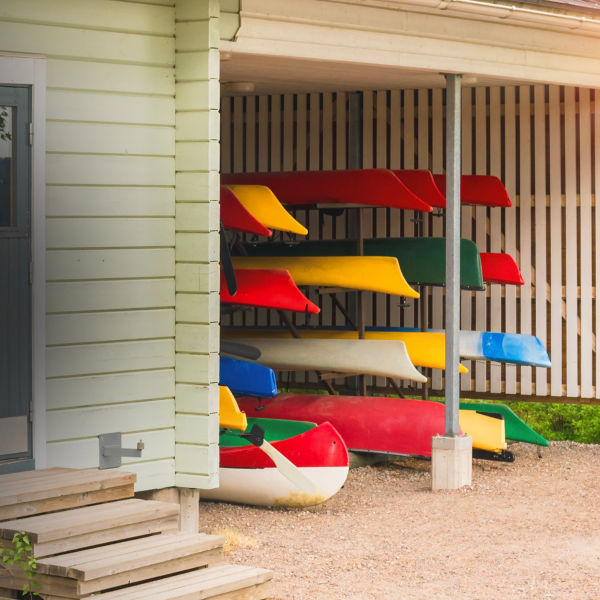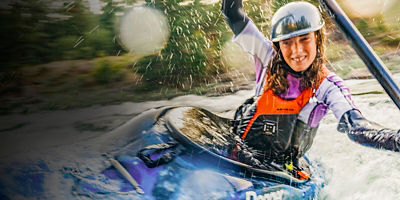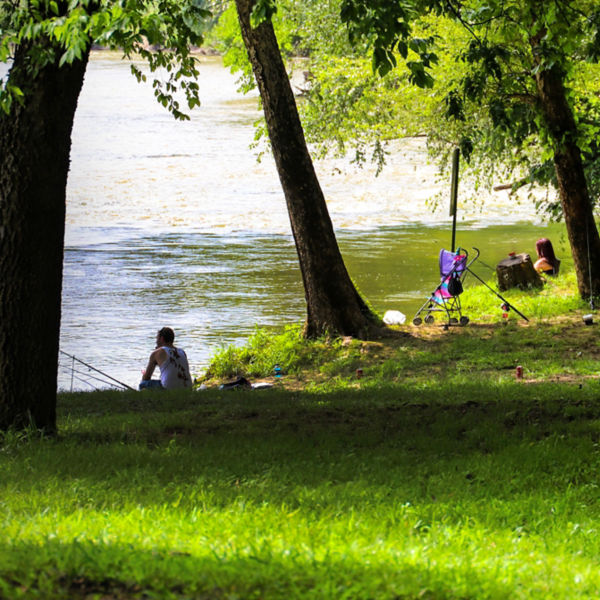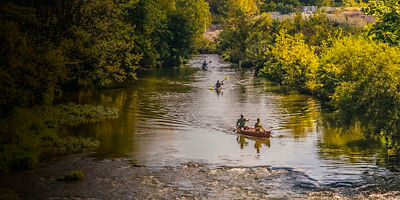
With standup paddleboards now specialized for every type of waterway from open oceans to wild rivers, choosing between options can seem daunting. Even all-around SUPs come in a variety of different shapes, sizes, and construction layups. Fortunately, narrowing down your on-water needs will simplify your choices and help you find the best board, whether it’s a flatwater cruiser, a wave surfer, a SUP yoga platform, or a high-speed touring machine.
Ask Yourself These Questions
Start by determining your desired use. Visualize how and where your board will take you—and how you will get it to and from the water as well.
Do you plan to ever use your board to surf waves in the ocean?
Consider an all-around SUP made with a solid construction that features a planing hull and more rounded nose that you could learn to surf with, but that you can still use to comfortably tour flatwater. If you’re only thinking about surfing, consider a shorter board (under 10 to 11 feet) with reduced volume, a more specialized tail profile and fin configuration.
And how about use on whitewater rivers?
An inflatable, all-around board that can withstand some abuse is the safest bet, as it offers increased volume, with enough length and width for proper stability to learn in moving water.
Just want to paddle on multiple types of calmer water?
A touring board at a longer length (over 10 to 11 feet) with a displacing hull should serve any skill-level paddler well for day-paddling excursions across lakes, protected ocean waters, and mild rivers. Better customize your needs by selecting board width, volume, as well as features below (like how much additional gear or fishing equipment you need to haul).
Looking to make serious miles, or enter a race?
You’ll definitely want a displacing hull on the longest, skinniest solid board that you’re comfortable on. For the most efficient paddling, consider the board’s layup material—reducing weight will add cost but pay off on any distance efforts.
Do you have a car rack or vehicle that allows you to easily transport a board?
If not, going with an inflatable board could solve your needs for getting on the water—as well as storing it after.
Types of SUPs
Once you’ve determined your target waters, pick a board type from these main categories.
All-around SUPs: A medium-length jack of all trades typically integrating a planing hull, perfect for everyday use on different bodies of water, including mild surf. Ideal fit for SUP yoga, with great options in both inflatable and solid-construction layups.
Pros: Easy to paddle, stable, forgiving in rough water and capable on the flats.
Cons: Not as responsive in waves as a dedicated surfer; won’t track as straight or be as efficient for long paddles; limited extras for extended tours.
Touring SUPs: Often with a displacement hull, these are designed for going longer distances with larger loads.
Pros: Less steering required for long paddles; more efficient per stroke, and can carry overnight loads.
Cons: Not as maneuverable; larger and heavier to carry and store.
Racing SUPs: Best for training and fitness, these offer lightweight performance with a sleek, narrow displacing hull featuring sharp entry to cut through the water and increase the board’s glide.
Pros: Less weight and more speed means more distance with less energy.
Cons: Less stability; higher price tag for composite layup materials; harder to transport and store.
Fishing SUPs: Drop a line from these do-it-all mobile docks
Pros: Wide and stable fishing platform that allows you to cast comfortably and can carry a lot of gear.
Cons: Width and weight slow you down; reduced ability to track or maneuver; harder to haul and load.
Whitewater SUPs: These typically inflatable boards are best for paddling for shallow, rocky rivers, as well as navigating swift rapids and surfing river waves.
Pros: Super maneuverable; supremely stable; easy to turn; durable for shallower water and years of abuse.
Cons: Won’t track as straight; won’t translate to best use on flatwater.




















































































































